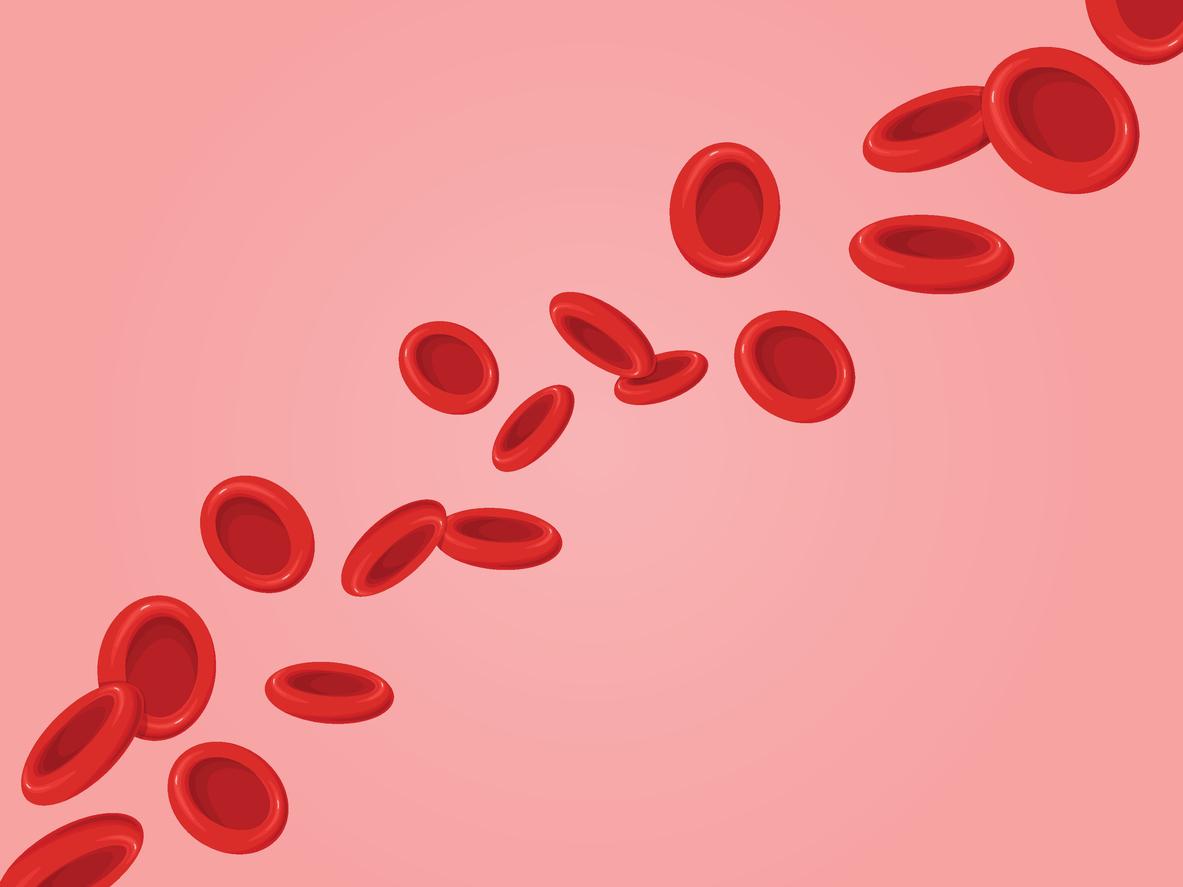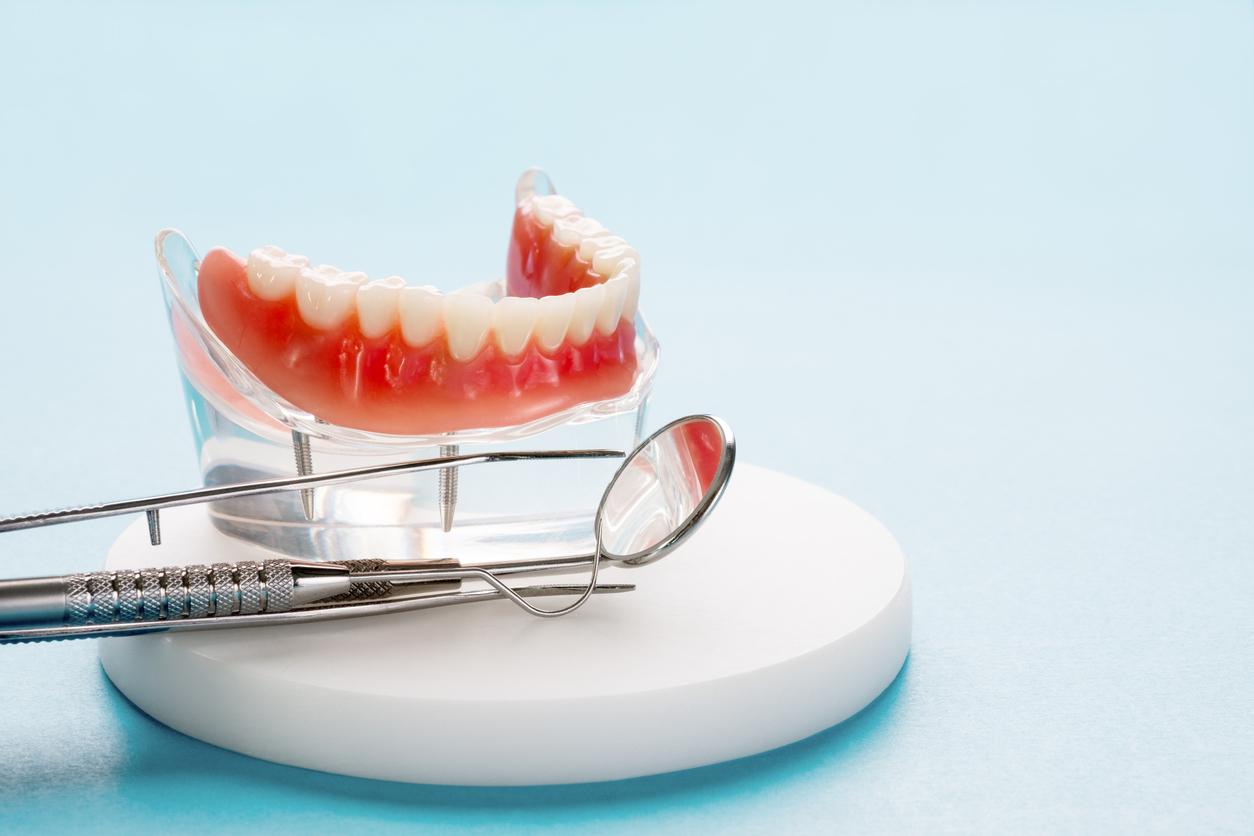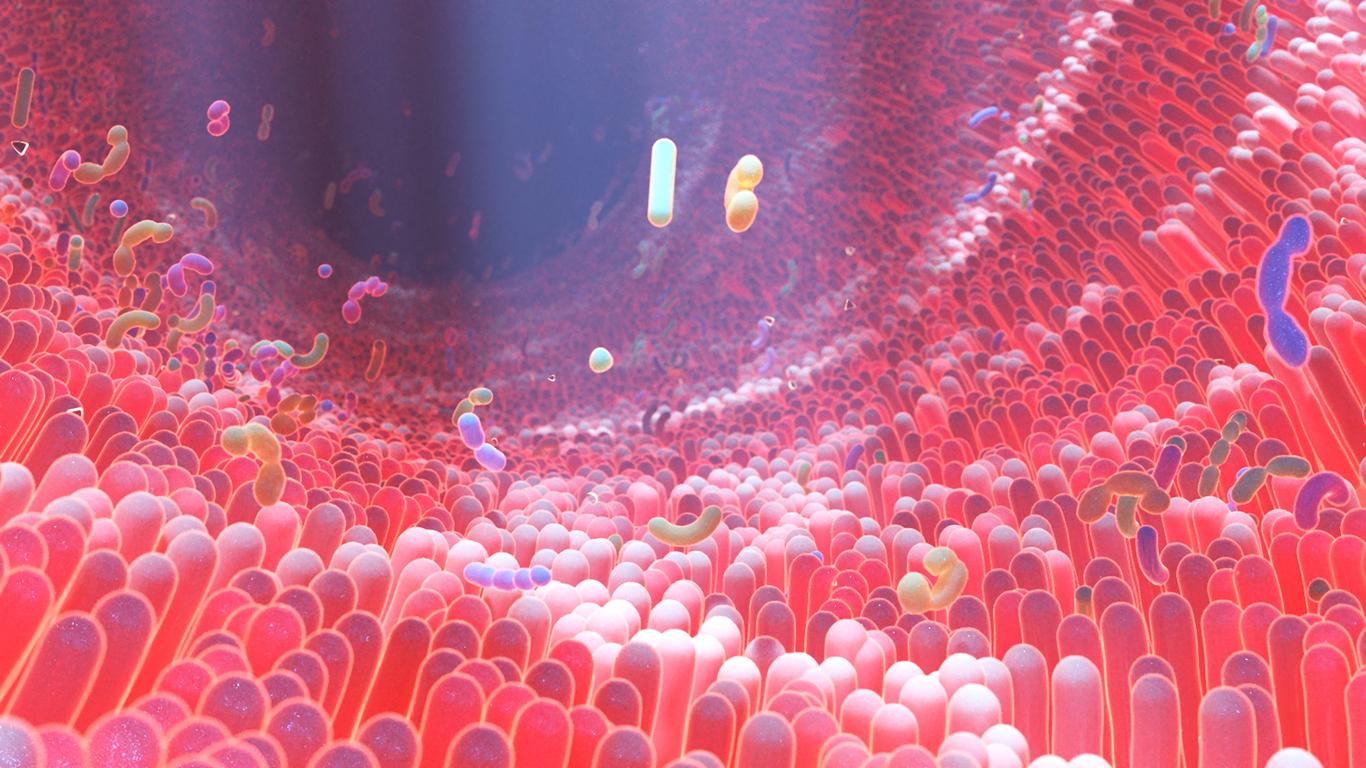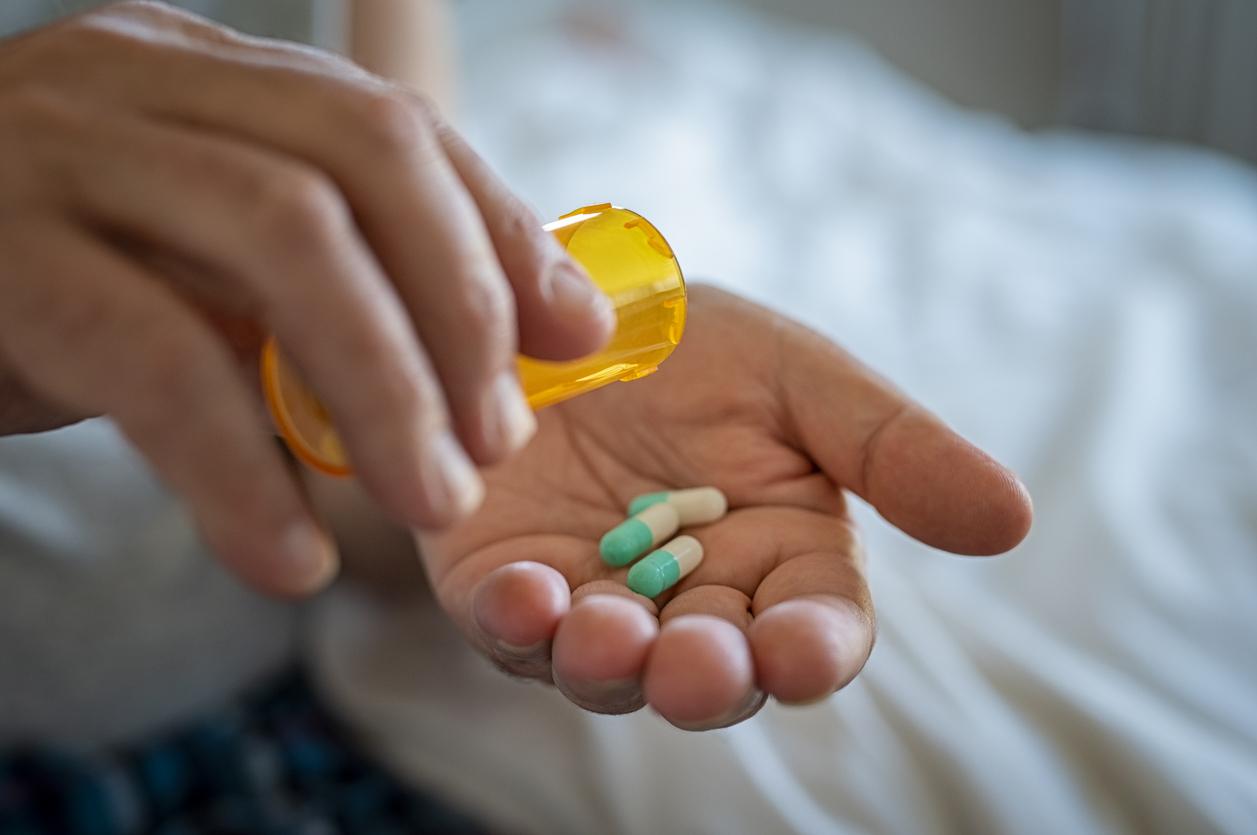Problems with iron levels in the blood and the body’s ability to regulate this nutrient after a Covid-19 infection are thought to trigger persistent symptoms.

- In the study, 45% of adults reported lingering coronavirus symptoms ranging from 3 to 10 months.
- After two weeks of infection, inflammation and low blood iron levels were observed in people with long Covid.
- To reduce the after-effects, iron dysregulation should be corrected by controlling inflammation as early as possible or through iron supplementation.
Intense fatigue, breathing difficulties, headaches, cognitive and sleep disorders… We speak of “Long Covid” when symptoms persist for more than 3 months after an acute Sars-Cov2 infection. “The causes of these after-effects are not clear,” reported researchers from the University of Cambridge (England). So, they decided to carry out a study published in the journal Nature Immunology.
Low iron levels in the blood have been detected in patients suffering from long Covid
As part of this work, they recruited 214 adults who tested positive for coronavirus and had varying severity of illness. For a year, participants provided blood samples to monitor changes in the blood after infection. When the team found that 45% of volunteers reported persistent symptoms lasting 3 to 10 months after 12 months of follow-up, they were able to trace these samples to see if blood changes were linked to their subsequent health status.
The authors observed ongoing inflammation (part of the immune response to infection) and low iron levels in the blood, contributing to anemia and disrupting the production of healthy red blood cells as early as two weeks after Covid- 19 in people who reported persistent symptoms. According to the results, early iron dysregulation was detectable in the group who suffered from long Covid, independently of age, sex or initial severity of the disease.
Iron dysregulation caused by “persistent inflammation”
“Iron levels and the way the body regulates iron were disrupted from the start of Sars-CoV-2 infection and it took time to restore them, particularly in people who reported a long Covid months later. Although we found that the body was trying to remedy the low iron availability and resulting anemia by producing more red blood cells, it was not doing particularly well in the face to persistent inflammation”, has explained Aimee Hansonwho led the research.
According to the authors, iron dysregulation is a common consequence of inflammation and a natural response to infection. When the body is infected, it responds by removing iron from the bloodstream. This protects patients from potentially deadly bacteria that capture iron in the bloodstream and grow quickly. “This is an evolutionary response that redistributes iron throughout the body. However, if this continues for a long time, there is less iron for the red blood cells, so oxygen is transported less efficiently, which affects metabolism and energy production, and for white blood cells, which need iron to function properly. The protective mechanism eventually becomes a problem,” said Hal Drakesmith, co-author of the study.
Long Covid: find “a way to remobilize iron and bring it back into the blood circulation”
Faced with these results, scientists indicated that there were potential ways to prevent or reduce the impact of long Covid by correcting iron dysregulation at the start of the infection. One approach could be to control extreme inflammation as early as possible, before it impacts iron regulation. “Another approach might involve iron supplementation. However, this might not be simple. It’s not necessarily that patients don’t have enough iron in their body, it’s just that it’s trapped in the body. wrong place. What we need is a way to remobilize iron and get it back into the bloodstream, where it will be more useful to red blood cells.”
















